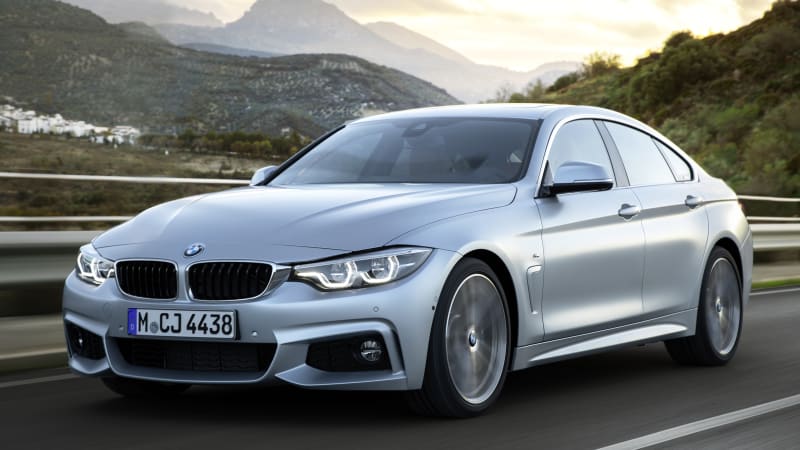SUVs represent over half of the brand’s sales, but BMW still believes in sedans
https://ift.tt/39SEHsf

The ultimate driving machine is getting taller. Crossovers and SUVs represented nearly 60% of BMW’s global sales in 2019, but the Munich-based company’s lead designer told Autoblog the brand isn’t ready to retire its sedans.
“In the past, we sold only three-box cars. Now, almost 60% of our sales come from SAVs,” Domagoj Dukec, BMW’s head of design, told us. SAV (for Sports Activity Vehicle) is the term BMW uses to describe its high-riding crossovers and SUVs.
American motorists touched off the trend toward SUVs, and there’s little evidence suggesting the sedan is about to make a triumphant and unexpected comeback on our shores anytime soon. European buyers are slowly but surely adding ground clearance to their list of priorities, but Chinese buyers still like riding low.
Dukec explained that BMW’s market research identified two main aesthetic trends: “casual” and “elegant.” He drew an interesting sociological parallel between interior design and car design.
In a house, casual design corresponds to a loft-like layout in which there’s no separation between the kitchen and the living room, and where you’re likely to spot the owner’s bicycle in a hallway rather than chained up outside or, when possible, tucked in a garage. If that describes where you live, you’re more likely to buy an SUV (or a station wagon) than a sedan because it’s comparably open. Conversely, elegant design creates houses where the kitchen, the bedrooms, and the living room are all kept apart. Those who prefer this style are more likely to be drawn to sedans. “You separate the engine from the cabin from the luggage space,” he said.
These are extreme examples, of course, because not everyone in the United States lives in a loft and millions of Chinese motorists drive SUVs, but Dukec pointed out the concept of an open, American-style kitchen remains unpopular in China. While this analogy is a little bit abstract, it’s a thought-provoking way to explain why many companies can justify designing sedans specifically for the Chinese market while focusing on crossovers and SUVs elsewhere. It also bolsters BMW’s argument that sedans are here to stay — with one significant catch.
“The 40-60 or 50-50 [sedan-SUV] split will remain, so yes, sedans will stay relevant. There also has to be a certain modernization, or evolution, of the body style. It can’t just be the classic three-box [silhouette]. We see that, in China, they’re asking for more elegance, maybe something like a two-and-a-half-box. This is something we are looking at,” he summed. BMW’s future sedans sound a lot like Gran Coupes.
Auto Blog
via Autoblog https://ift.tt/1afPJWx
April 7, 2020 at 02:20PM
